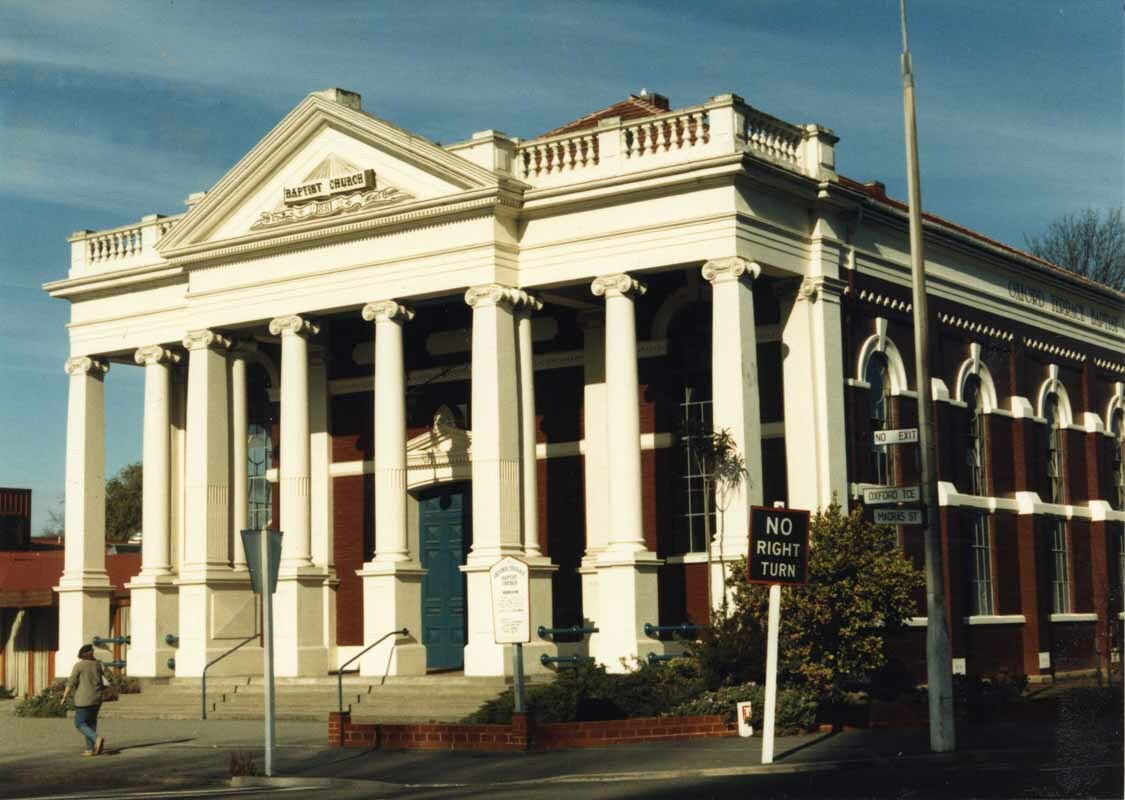The fossilised remains of a turtle that lived between 25 and 35 million years ago have been found inside a pillar from a historic Christchurch church.

Christchurch sculptor Paul Deans discovered the fossil embedded in the limestone core of a pillar from the Oxford Terrace Baptist Church, which was built between 1881 and 1882.
When the church was demolished in 2011 after the Canterbury earthquakes, its iconic pillars were hollowed out so they could be reinforced and reinstated as part of the new building.
In 2020, Deans was gifted several sections of the pillars’ extracted cores to use in his work. However, he soon noticed the fossil embedded in one of them and brought it to the Museum for identification.
Senior Curator Natural History Dr Paul Scofield identified the fossil as a currently unnamed ancient species of turtle – and noticed a connection to another specimen in the Museum collection.
In 1880, a similar turtle fossil was donated to the Museum by James Tait, a prominent Christchurch builder who worked on many of the city’s stone buildings.
Like the fossil discovered by Deans, it was embedded in Oamaru limestone that had been quarried for building masonry.

After comparing the fossils, Dr Scofield concluded that it’s likely they were extracted from the same quarry, and may even be different parts of the same animal. Both fossils include pieces of plastron (the bottom half of a turtle’s shell) and various other bones.
“Turtle fossils are really rare in New Zealand. No similar turtle fossils have been found in Oamaru in more than 150 years of quarrying there,” Scofield says.
“The limestone these fossils are embedded in is very similar, which combined with the fact that they were both extracted around 1880 makes me think they’re probably the same animal. We will need to do more research before we’re able to say with any certainty.
“It’s amazing that this new fossil was sitting inside a pillar for 130 years. It could have been lost forever, so we’re very grateful to Paul Deans for spotting it, bringing it in and donating it to the Museum.”
Oamaru limestone – and the fossils it contains – dates from the Ogliocene period, when much of New Zealand was submerged beneath shallow, warm seas.

Note: The turtle fossils are not currently on display at the Museum.


